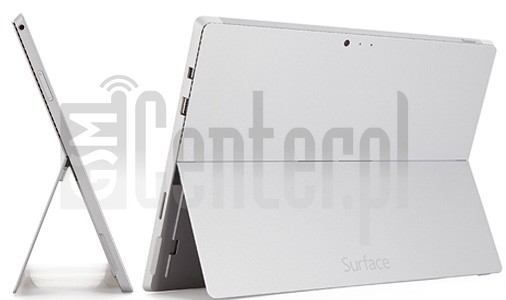
The usual launcher features work including swiping up anywhere on the screen to open the app drawer. It shows the recent apps above the bottom row of the home screen and the search integration not used in GrapheneOS. Opening an app with the recent apps activity will place it on the furthest right in the recent apps order just like a new app being opened.Ģ-button navigation provides the recent apps activity with the launcher.

Each step left goes one step back through the history of recently opened apps. The most recently opened activity is always on the furthest right. Swiping up from the navigation bar while removing your finger from the screen is the Recent apps gesture. The Back button is on the left and the Home button is in the center. You should use 3-button navigation if you want the traditional button-based navigation.Ī large row across the bottom of the screen is reserved for navigation buttons. It will likely be removed in a future release of GrapheneOS.
#Surface 3 lte imei location android#
2-button navigationĢ-button navigation is a legacy mode not supported anymore by Google Android on the Pixel 4 and later. You need to start that gesture above the system navigation bar since any gesture starting on the navigation bar is handled by the OS as a system navigation gesture. The launcher uses a swipe up gesture starting anywhere on the screen to open the app drawer from the home screen. The advanced option is the most convenient approach once you get used to doing it. The more advanced option is using a diagonal swipe pointing sharply to the bottom of the screen since this will bypass the back gesture but will still trigger most app gestures. You can avoid triggering the back gesture in one of 2 easy ways: avoid swiping from right near the edge or hold your finger on the side of the screen for a moment before swiping. However, many apps without active development of their UI design still haven't addressed this despite gestures being the default for 2 years on Google Android. Apps are supposed to avoid implementing conflicting gestures, but have the option to override this gesture if they truly need to get rid of it.

Swiping from either the left or the right of the screen within the app (not the navigation bar) is the Back gesture. This is usually the best way to navigate through recent apps. This will not change the recent apps order. Rather than opening the recent apps activity, you can swipe left on the navigation bar for the Previous app and swipe right for the Next app. The recent apps activity has a screenshot button as an alternative to holding power and volume down while using an app. Opening an app with the recent apps activity will place it on the furthest right in the recent apps order just like a new app being opened. Swiping up from the navigation bar while holding your finger on the screen before releasing is the Recent Apps gesture. Swiping up from the navigation bar while removing your finger from the screen is the Home gesture. Modern apps are able to tell the OS that they can handle not having the padding to display app content there while still not being able to receive touches from it.

In most apps, this area will display padding. A line is displayed in the center to show that the navigation bar is present across the entire bottom of the screen. The bottom of the screen is a reserved touch zone for system navigation.

The same menu is also available in Settings → Accessibility → System navigation. The system navigation mode can be configured in Settings → System → Gestures → System navigation. Our experience is that when armed with the appropriate knowledge, the vast majority of users prefer the newer gesture navigation approach. We recommend reading our guide on gesture navigation and giving it a chance even if you think you won't like it. Table of contentsīy default, GrapheneOS uses gesture-based navigation. See the features page for a list of GrapheneOS features. This is a guide covering some aspects of using GrapheneOS.


 0 kommentar(er)
0 kommentar(er)
